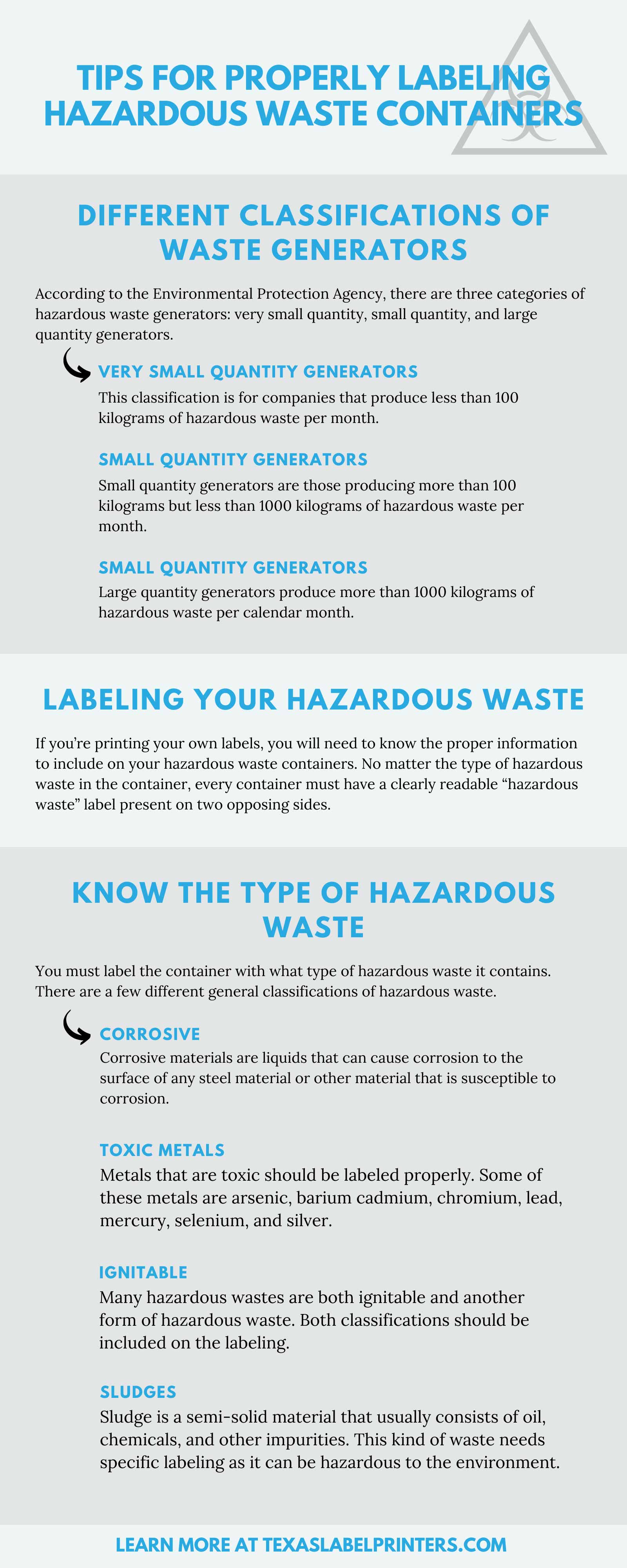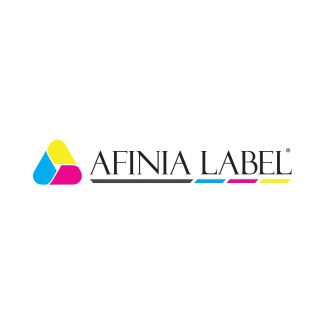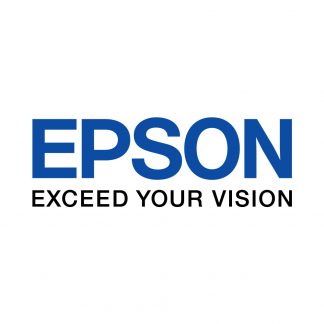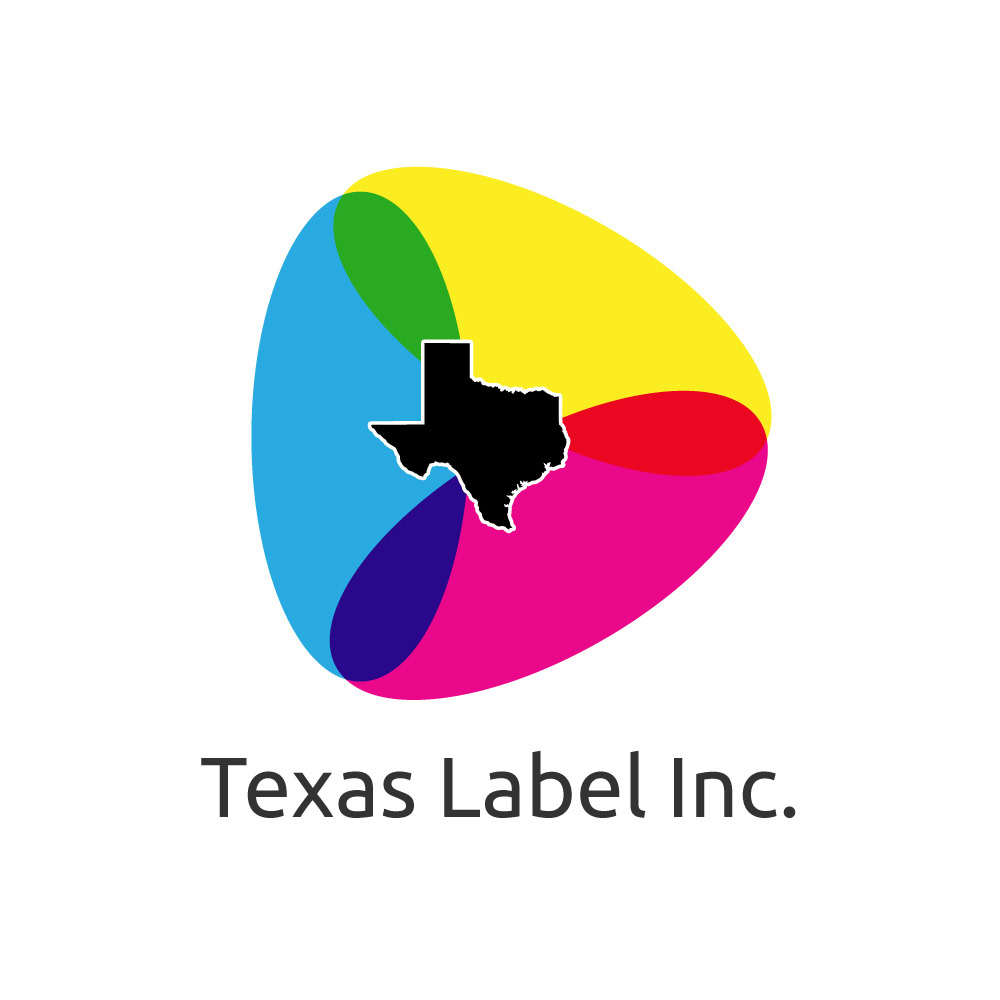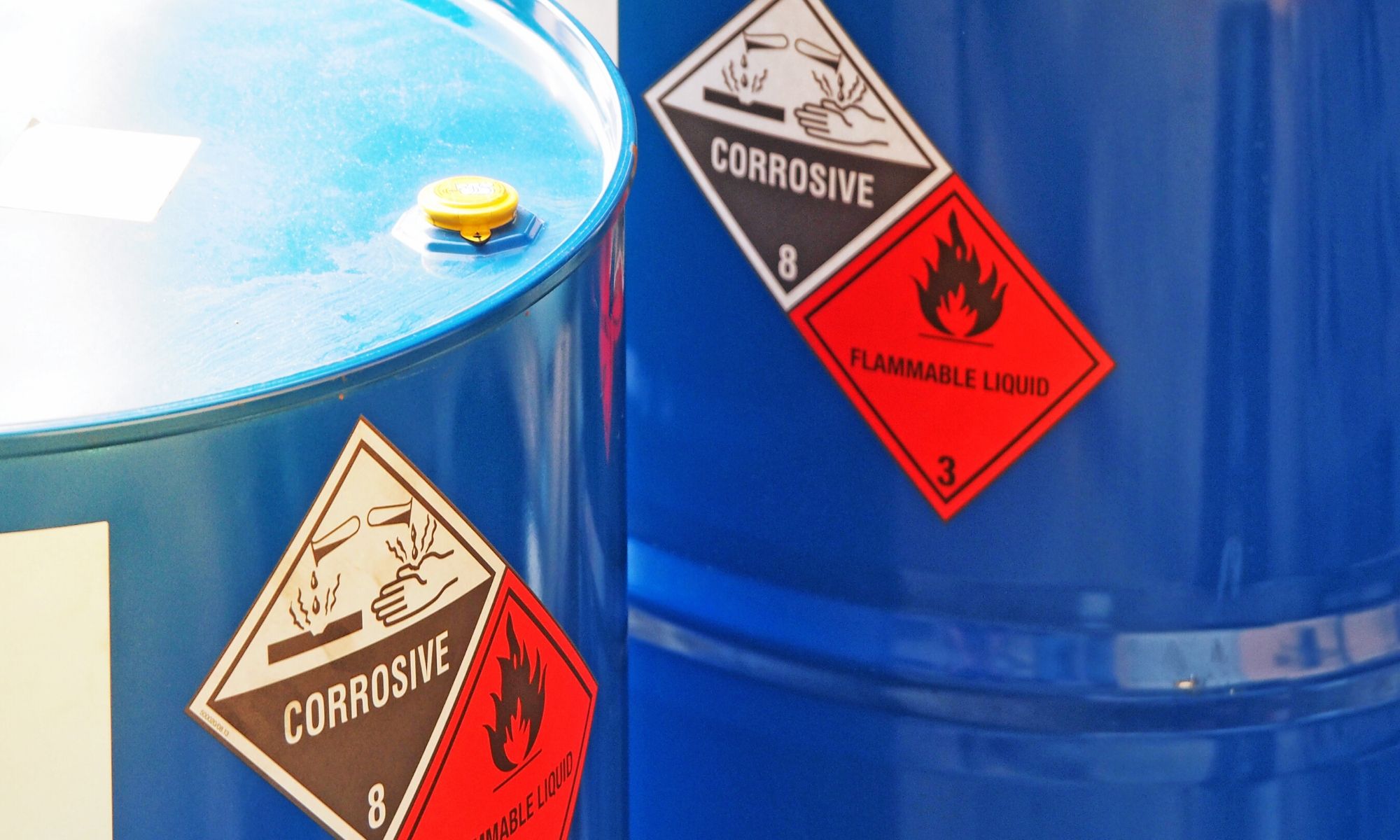
Many industries work with hazardous waste on a daily basis. Medical, waste, manufacturing, and many more industries produce different kinds of hazardous waste daily. All these industries are responsible for the safe and legal disposal of their hazardous waste. The disposal of hazardous waste is well-regulated by the Environmental Protection Agency, and not following those regulations can result in large fines. Improperly labeling waste can put anyone who encounters it in danger and can lead to larger consequences. Check out this guide with tips for properly labeling hazardous waste containers.
Different Classifications of Waste Generators
There are a few ways of classifying how much of a hazardous waste producer a company is. According to the Environmental Protection Agency, there are three categories of hazardous waste generators: very small quantity, small quantity, and large quantity generators. This signifies the amount of hazardous waste a company produces in a single calendar month. Here is a brief breakdown of each type of generator.
Very Small Quantity Generators
This classification is for companies that produce less than 100 kilograms of hazardous waste per month. To keep their very small classification, they cannot produce more than 1000 kilograms of hazardous waste at any given time.
Small Quantity Generators
Small quantity generators are those producing more than 100 kilograms but less than 1000 kilograms of hazardous waste per month. These generators must keep at least one employee available for responding to emergencies and coordinating all emergency response procedures.
Large Quantity Generators
Large quantity generators produce more than 1000 kilograms of hazardous waste per calendar month. Large quantity generators must submit a biennial hazardous waste report and fulfill all the requirements of the other levels of generators.
No matter the classification of the generator, all hazardous waste subject to disposal must be properly contained and labeled.
Labeling Your Hazardous Waste
If you’re printing your own labels, you will need to know the proper information to include on your hazardous waste containers. No matter the type of hazardous waste in the container, every container must have a clearly readable “hazardous waste” label present on two opposing sides. Each container should also include the generator’s details, such as company, location, etc. Labels should properly indicate all hazardous waste codes in a way that’s easily identifiable, along with the DOT shipping name and the date the waste was produced. Aside from these basic requirements, different types of hazardous waste require different labels.
Know the Type of Hazardous Waste
You must label the container with what type of hazardous waste it contains. There are a few different general classifications of hazardous waste.
Corrosive
Corrosive materials are liquids that can cause corrosion to the surface of any steel material or other material that is susceptible to corrosion.
Acids
These items are typically also ignitable and should be labeled accurately. They can easily corrode, dissolve, and harm flesh, metal, and other materials.
Toxic Metals
Metals that are toxic should be labeled properly. Some of these metals are arsenic, barium cadmium, chromium, lead, mercury, selenium, and silver.
Reactive
Reactive wastes are those that are likely to explode or have violent reactions. They create toxic fumes or gases and must be labeled prominently.
Ignitable
Ignitable wastes are those that catch fire easily and are highly combustible. Many hazardous wastes are both ignitable and another form of hazardous waste. Both classifications should be included on the labeling.
Used Solvents
Label any used solvent that is composed of or contains hazardous materials.
Sludges
Sludge is a semi-solid material that usually consists of oil, chemicals, and other impurities. This kind of waste needs specific labeling as it can be hazardous to the environment. Many differing items classify as sludges. To check if your hazardous waste classifies as such, check with your state regulatory agencies.
Using the Right Terminology
Using the incorrect terminology or leaving off crucial information on your hazardous waste labels can lead to large fines and dangerous situations for those handling the waste. If your waste is flammable, it should be labeled as such. The same is true if the waste is corrosive, contains oxidizers, is explosive, or contains anything else handlers may need to know to properly care for and dispose of your waste. If the contents cannot get wet, it must be clearly labeled as such in case of a fire so firefighters use foam instead of water, which would potentially lead to injuries and deaths.
Properly labeling your hazardous waste not only allows you to avoid fines, but it helps to keep your employees and all those who handle your waste safe.
Keeping Up With Regulatory Updates
Printing your own labels for your hazardous waste may be the best option because, as regulations change, you will need to adjust to the new requirements. Double-check that the waste in the container matches the description and labels affixed to it. While your labels may have been compliant a year ago, keep up with changes in both the federal regulations and the state regulations on hazardous waste, as these may differ.
Hazardous waste, if improperly labeled or managed, can be extremely dangerous to those working to dispose of it, those working around it, and to the environment. Properly labeling your hazardous waste saves you from paying fines and from endangering lives and the environment. Keep up on regulations by checking on them before printing a round of labels. Printing your own labels is a great idea for those in industries that produce hazardous waste because you can be in control of what goes on the labels, print exactly what you need, and keep them up to date. Using an Afinia label printer can save you money on labels while allowing you to retain control over your labels. They are easy to use, cost-effective, and can help to streamline your business model.
Before creating your labels, always check with the Federal regulations for hazardous waste labeling to ensure you’re compliant based on your specific type of waste and what classification of producer you are. While this information is currently accurate, regulations change all the time and should be confirmed with the federal and state regulatory agencies that your facility is in the jurisdiction of.
